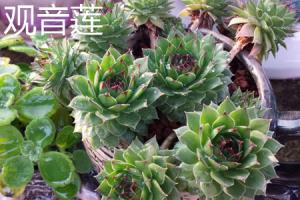How big should the holes in my planter pots be
Picking the perfect planter pot for your plants is not an easy task, and drilling holes in the planter is perhaps the most critical aspect of ensuring healthy plants. The lack of drainage holes in a pot can cause root rot and ultimately lead to plant death. Here, we will discuss how big the holes in the planter pots should be.
Hole size matters
The size of the holes in your planter pots depend on the type of plants you’re growing – smaller plants need smaller holes while larger plants need larger holes. If the holes are too small, drainage will be restricted, and the soil will become too wet, causing the plants’ roots to rot. On the other hand, the drainage holes that are too large will allow the soil to dry out too quickly, which could lead to dehydration of your plants.
The plants' needs matter
Before drilling the holes in the planter, you should consider the plant’s needs, such as the size, the watering needs, and the type of soil they thrive in. If you’re planting succulents or cactus, the holes’ size should be smaller to prevent the soil from becoming waterlogged. On the other hand, if you’re planting plants that require frequent watering or prefer wet soil, larger holes are best to ensure the soil can drain freely.
The ideal hole size
The ideal size for a drainage hole in a planter pot is around 1/4 to 1/2 inch in diameter. This size is neither too small nor too large, allowing the soil to dry out slowly and keep the roots healthy. If you’re planting large plants like trees or shrubs, you should make several drainage holes along the bottom to ensure the water can drain efficiently.
Additional tips
Here are a few additional tips that will help ensure the health of your plants:
If the planter pot is exceptionally large, you should place some stones or broken pottery at the bottom of the container to encourage drainage and prevent soil compaction.
The location of the planter pot matters as well. Ensure that the pot is raised slightly to allow air to circulate beneath it.
If you live in an area with frequent rainfall, you should avoid leaving the pots on the ground or any flat surface. Keep them in a location where water can drain easily.
Conclusion
Ultimately, the size of the holes in your planter pots is determined by the type of plant, the size of the pot, and the climatic conditions. However, keeping the holes between 1/4 to 1/2 inch in diameter is a safe bet that ensures healthy plant growth, as long as you don’t over or under-water them.

 how many times do yo...
how many times do yo... how many planted tre...
how many planted tre... how many pine trees ...
how many pine trees ... how many pecan trees...
how many pecan trees... how many plants comp...
how many plants comp... how many plants can ...
how many plants can ... how many plants and ...
how many plants and ... how many pepper plan...
how many pepper plan...

































